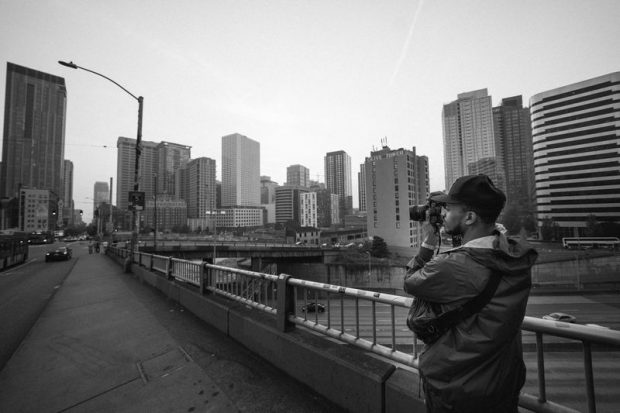The Definitive Guide for Framing Streets
Table of ContentsHow Framing Streets can Save You Time, Stress, and Money.The Best Strategy To Use For Framing StreetsThe Ultimate Guide To Framing StreetsWhat Does Framing Streets Mean?The Greatest Guide To Framing StreetsThe 25-Second Trick For Framing Streets
, usually with the purpose of recording pictures at a decisive or touching moment by mindful framing and timing. https://www.domestika.org/en/framingstreets1.
All About Framing Streets
Susan Sontag, 1977 Road digital photography can focus on people and their habits in public. In this respect, the street digital photographer resembles social docudrama digital photographers or photographers that likewise operate in public locations, but with the goal of capturing relevant events. Any one of these digital photographers' pictures might catch people and residential property noticeable within or from public areas, which typically entails navigating ethical issues and laws of personal privacy, safety, and building.
Depictions of daily public life create a genre in almost every period of world art, starting in the pre-historic, Sumerian, Egyptian and early Buddhist art periods. Art dealing with the life of the street, whether within sights of cityscapes, or as the dominant concept, shows up in the West in the canon of the North Renaissance, Baroque, Rococo, of Romanticism, Realistic look, Impressionism and Post-Impressionism.
The Best Guide To Framing Streets
Louis Daguerre: "Boulevard du Temple" (1838 or 1839) In 1838 or 1839 the very first picture of numbers in the road was videotaped by Louis-Jacques-Mand Daguerre in among a pair of daguerreotype sights taken from his workshop home window of the Blvd du Temple in Paris. The 2nd, made at the elevation of the day, shows an unpopulated stretch of street, while the other was taken at concerning 8:00 am, and as Beaumont Newhall reports, "The Blvd, so continuously loaded with a relocating crowd of pedestrians and carriages was flawlessly solitary, other than an individual that was having his boots combed.
Subsequently his boots and legs were well defined, however he lacks body or head, due to the fact that these were in movement." Charles Ngre, waterseller Charles Ngre. https://framing-streets.jimdosite.com/ was the very first professional photographer to acquire the technological elegance needed to sign up individuals in activity on the road in Paris in 1851. Digital Photographer John Thomson, a Scotsman collaborating with journalist and social lobbyist Adolphe Smith, published Street Life in London in twelve month-to-month installations starting in February 1877
6 Easy Facts About Framing Streets Explained
Eugene Atget is regarded as a progenitor, not due to the fact that he was the very first of his kind, yet as a result of the popularisation in the late 1920s of his record of Parisian streets by Berenice Abbott, who was motivated to take on a similar documentation of New york city City. [] As the city established, Atget aided to advertise Parisian streets as a worthwhile topic for news digital photography.

Little Known Questions About Framing Streets.
The chief Mass-Observationists were anthropologist Tom Harrisson in Bolton and poet Charles Madge in London, and their first record was produced as the book "May the Twelfth: Mass-Observation Day-Surveys 1937 by over two hundred viewers" [] Home window cleaner at Kottbusser Tor, Berlin, by Elsa Thiemann c. 1946 The post-war French Humanist Institution professional photographers found their subjects on the street or in the bistro. Andre Kertesz.'s extensively appreciated Images la Sauvette (1952) (the English-language edition was titled The Definitive Minute) advertised the idea of taking an image at what he termed the "decisive minute"; "when kind and content, vision and structure merged into a transcendent whole" - Lightroom presets.
Rumored Buzz on Framing Streets
, after that a teacher of young children, connected with Evans in 193839.'s 1958 publication,, was substantial; raw and commonly out of emphasis, Frank's photos questioned mainstream digital photography of the time, "challenged all the formal rules laid down by Henri Cartier-Bresson and Pedestrian Evans" and "flew in the face of the wholesome pictorialism and wholehearted photojournalism of American publications like LIFE and Time".